
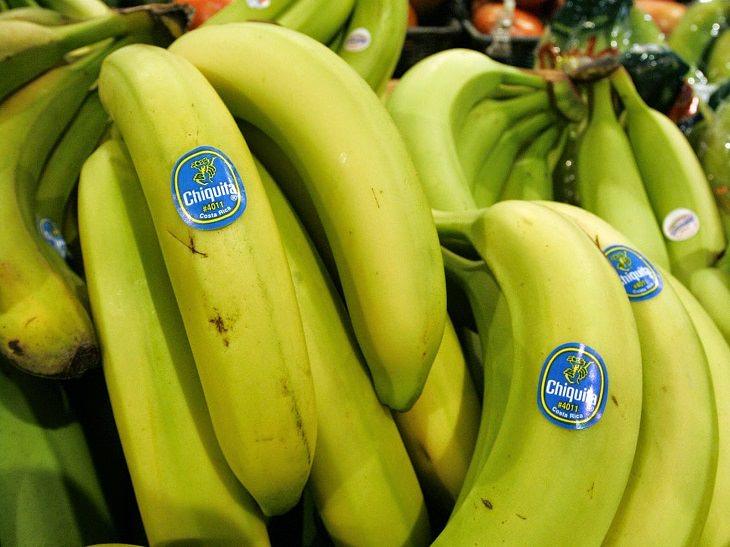
However, these unassuming stickers are more informative than you’d think. While the PLU is the “price lookup” number and identifies your fruit or vegetable, it also helps to identify something else: how the particular produce was grown. By reading this code, you can tell if the fruit has been genetically modified, grown organically, or produced using chemical fertilizers, herbicides, or fungicides. That’s right, the story about where your fruit comes from has been right under your noses all along – you just have to know how to analyze the labels and PLU number. This is actually a lot easier than you’d imagine.
Below are some of the basics of what you need to know. This is then followed up with an informative video that will provide you with more information.
1. If the PLU only consists of four numbers, this means that the produce was grown conventionally or “traditionally” with the use of pesticides. The four letters (or only four in this case) of the PLU code simply indicate what type of food you are buying. For example, all bananas are labelled with the code 4011.
2. If the PLU consists of five numbers, and the first number is 8, this indicates that the produce has been genetically modified. These fruit and vegetables have been created in an unnatural way, and cannot be found in nature. A genetically engineered banana would be 84011.
3. If the PLU consists of five numbers, and the first number is 9, this tells you that the produce has been grown organically and has not been genetically modified. An organic banana would be 94011.
Interestingly enough, the glue used to attach the stickers to the food is considered food-grade, but the stickers themselves are not safe to consume.
If you’re looking to be super aware of what fruits and vegetables have been treated with pesticides and which have not, you should check out the homepage for the Environmental Working Groups. The EWG have compiled two lists to help consumers identify which produce is generally cleaner and which produce have been tampered with; as well as the "Clean Fifteen", and the "Dirty Dozen".
The top 5 for the “Clean Fifteen” produce are:
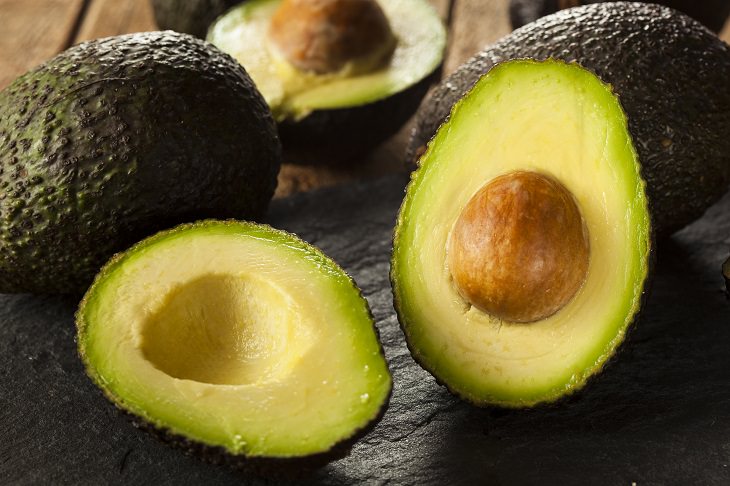
1. Avocados
2. Sweet corn
3. Pineapple
4. Cabbage
5. Sweet Peas (Frozen)
The top 5 for the “Dirty Dozen” produce are:
1. Strawberries
2. Apples
3. Nectarines
4. Peaches
5. Celery
Bonus Video: The informative video below will give you more information on the truth behind food labeling.
H/T: tiphero
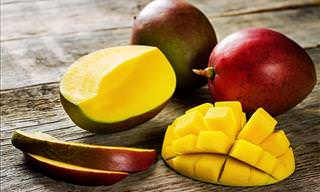
8 Fantastic Health Reasons to Add Mangos to Your Diet
Mangos are some of the healthiest fruits on the planet. Here are 8 health benefits of this tasty fruit.
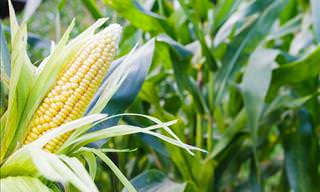 10:40
10:40
These Popular Foods Used to Look a Whole Lot Different
Everyday foods used to look a lot different before we started to cultivate them. Don’t believe us? The video below will certainly change your mind!
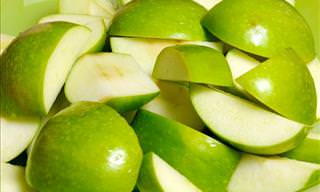
GMO Apples Have Come to the US: Here's the Story
Sometime this month, bags of sliced apples will hit grocery stores in the Midwestern United States for the very first time. But will consumers bite?
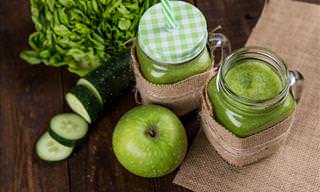
13 Delicious Juice Recipes to Detox Your Body With...
Follow this guide to learn how to make 13 delicious juices that'll help you detoxify your body.
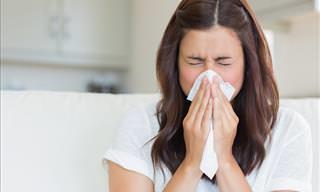
Suffer from Dust Allergies? Try These Natural Treatments!
Do you suffer from dust allergies at home? If so, here are 8 natural remedies that you should definitely try!
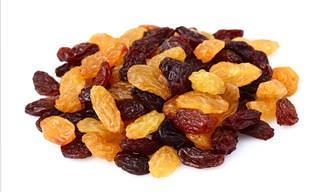
Who Knew Raisins Were THIS Good For You?
Raisins have been revered as a healthy snack for centuries. Here are 10 amazing health benefits of raisins.

Avoid Getting These Items Wet When You’re Cleaning Them
If you’ve ever cleaned your jewelry, gas stovetop, or leather shoes, or contact lenses with water, you need to read this article.

Going Gray? Add These 7 Foods to Your Shopping List!
Adds these foods to your weekly shopping list to prevent your hair from turning gray.
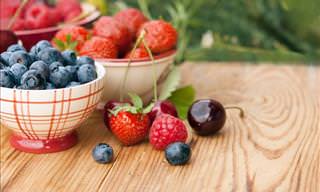
Do NOT Store These Fruit and Veg Together!
What are the best ways to store fresh fruit and vegetables? This guide explains.

These Plants Will Keep the Air in Your Home Nice and Clean
It doesn't matter if you have a green thumb or not, these plants are hard to kill and will keep the air in your home free of toxins and pollutants.
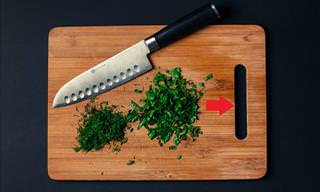
10 Neat Kitchen Tricks and Hacks Every Cook Must Know
Neat tricks to help around the kitchen
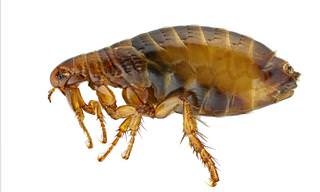
If Your Pet Has Fleas, Try Out These Natural Flea Remedies
Nature has provided us with many ways to eradicate fleas and we are going to share eight of them here. Take a look for yourself!
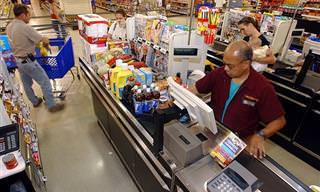
Should You Be Spending or Saving on These 10 Foods?
Everything we put into our bodies affects our health, but is it worth spending more money on certain foods to enjoy more benefits? Read to find out...
 4:00
4:00
5 Things You Should NEVER Do With an Automatic Transition
Auto mechanic Scotty Kilmer shares five common habits that can shorten the life of your automatic transmission.

How to Choose the Right Type of Sunscreen for Your Skin
Here are 7 tips to help you protect your skin properly this summer.

9 Ways to Exercise for People Who Don't Like to Exercise
9 ideas for ways you can stay in shape even if you hate exercising.

How You Too Can Dye Your Own Hair Like a Pro!
Want to revamp your hair color in the comfort of your own home? Well, here's how you can do it!
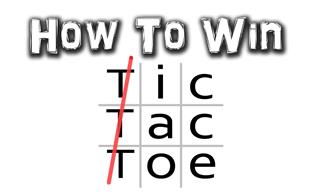 2:15
2:15
How to Win at Every Tic Tac Toe Game...
Unlock the secrets to mastering Tic Tac Toe with our latest video guide.
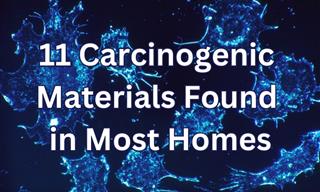
WARNING: These 11 Carcinogens are Lurking in Your Home
There are many things lurking in our home that are dangerous to us, but these 11 items are the most surprising!
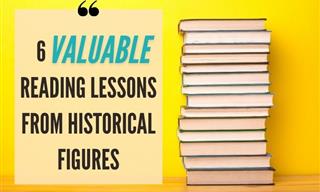
Reading Lessons from Einstein and 5 Other Famous Figures
Reading was one of the reasons why these 6 historical figures are recognized to this day. Here's what they can teach you about becoming a better reader yourself!
 2:41
2:41
Stop Overpaying! Make Your Own Wiper Fluid On a Budget
Tired of pricey wiper fluid? Learn to make your own, safely.
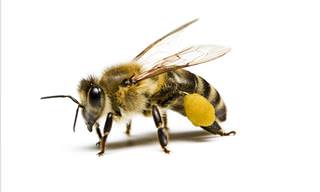
Been Stung by a Bee? Treat It With These Home Remedies!
Bee stings are a nuisance and can even be deadly if you're allergic to bee venom. Here are some home remedies that'll help to treat a bee sting.
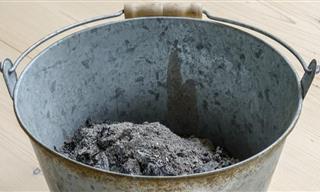
I Never Knew the Fireplace Ash Could Do That!
Learn 5 things you can do with fireplace ashes instead of disposing of them

Wearing a Face Mask Irritates Your Skin? 10 Essential Tips
In this article, we’ve collected 10 essential tips that will soothe and protect your skin from mask-related irritation and breakouts...
 5:51
5:51
How to Train Your Cat to Shake Your Hand (and More)
Learn how to teach your cats a simple handshake trick and find out a few other tips for living peacefully with your cats.
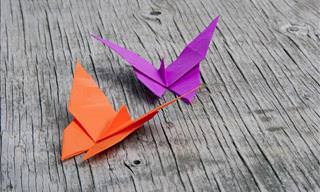
16 Simple Paper Craft Tutorials You Can Make Right Now!
Feeling creative? The 16 paper craft tutorials are detailed and easy to follow, so get out your scissors and give them a go!

11 Common Phrases That Could Be Ruining Your Conversations
These common phrases are more passive-aggressive than you think.

How to Clean the House Quickly and Efficiently
There are plenty of cleaning hacks out there, but which ones actually work? Find out here!

Learn Quicker With These 25 Tips for Faster Learning
There are several efficient and proven methods to speed up the learning process. Here are 25 tips to achieve it.
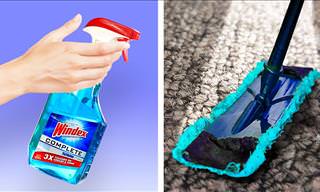 9:16
9:16
You Definitely Should Try These Amazing Cleaning Hacks
If blotches and stains are putting an dampener on how the interior of your home looks, be sure to learn these 20 unusual but super neat hacks.

Does Alcohol Decrease or Increase Physical Pain?
Does alcohol decrease physical pain or does it make us feel it even stronger?
 15:37
15:37
35 Cooking Hacks That'll Make Your Life a Whole Lot Easier
These 35 cooking hacks will make your life in the kitchen a whole lot easier.
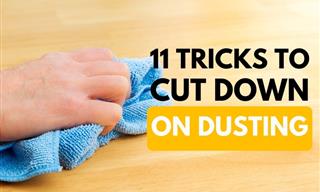
Save Your Time! 11 Tricks to Cut Down on Dusting
To ease your suffering and save you lots of time, we’ve compiled a list of 11 useful tricks that will reduce the amount of dust in your home.

Comparing Cooking Oils: A Guide for Benefits and Risks
In this article, we'd like to provide a clear, informative comparison to help you choose the right oil for your needs.
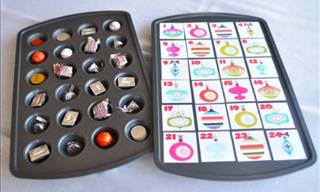
Give Your Old Bakeware a New Lease of Life With This Guide
Many of us are guilty of letting bakeware pile up in our cupboards, but this guide will show you how to give it a new lease of life. See these 10 great ideas.

Why Your Kitchen Sink Has Low Pressure & How to Fix It
Here are some practical solutions to boost your kitchen sink's water flow.
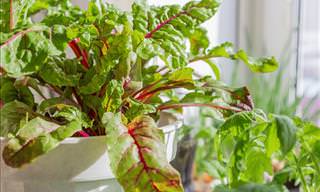
Learn How to Grow Your Favorite Fruit and Veggies Indoors
All these plants are delicious, packed full of healthy nutrients and easy-to-grow even if you don’t have a yard or garden

7 Handy Bathroom Hacks That Will Make Your Life Easier
Here are some handy bathroom life hacks that will help you keep it clean and well-organized conveniently.

Make Cleaning Windows Less Tedious with This DIY Recipe
There is a quicker and more effective way to clean the windows in your house. Take a look at these two methods.
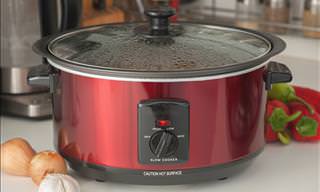
15 Ways to Get the Best Results From Your Slow Cooker
The slow cooker is pretty easy to use. However, there are some simple rules that you should follow in order to get the best results. Check them out here.

Guide: How to Dry Out a Wet Basement
This detailed guide covers everything you need to know about diagnosing basement moisture problems, implementing immediate and lasting fixes, and taking steps to prevent future water intrusion.

There are 7 Types of Rest: Which One Do You Need?
You'll be surprised to discover that there are 7 different types of rest that your body, mind, and soul need, and today you'll get to know all of them.
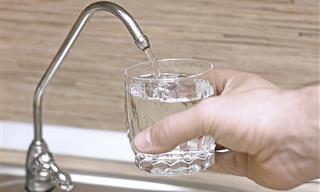
How Often to Change Your Water Filter - 3 Filter Types
Regularly changing the water filter is crucial if you want to maintain clean drinking water. Here's how often you should change 3 common filter types
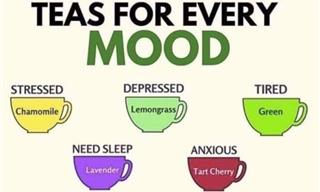
14 Terrific Charts to Satisfy Your Thirst For Knowledge
If reading long articles on a specific topic isn’t your preferred way to spend your pastime, these clever charts and maps might be just what you need.

10 Great Survival Tips That We All Need to Know!
If you find yourself in a life or death situation it's important you know what to do. These 10 tips could save your life!
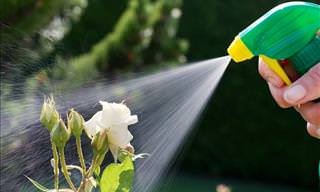
How to Make Organic Pesticides Using Plants in Your Garden
Got some annoying critters in your garden eating all your plants? Try these natural pesticides!
 5:03
5:03
24 Smart Things to do With Your Clothes Hangers
There are so many things you can do with a good old clothes hanger. Here's 24 of them!
To enable your Ad-Free Subscription, please fill the fields below
Your subscription was successful, now you can enjoy an ad-free experience!! Note: To make sure you get no ads, please make sure to log in to your account. If you are logged in already, then refresh the page. The subscription can be cancelled at any time.


